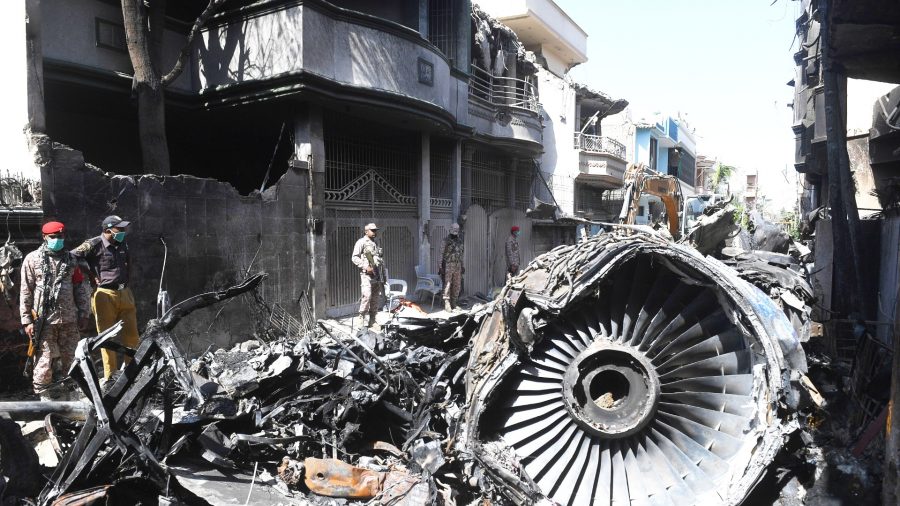Airline flight safety report card for 2020 goes backwards says IATA
25 March, 2021
3 min read
Industry News

Geoffrey Thomas
By joining our newsletter, you agree to our Privacy Policy


The airline flight safety report card for 2020 has gone backward according to a report just issued by the International Air Transport Association (IATA).
While passenger flights decreased by 53 per cent in 2020 due to COVID-19 the accident rate jumped to 1.71 flights per million well up on the average of 1.38 per million over the past five years.
There were 38 accidents in 2020 compared to 52 in 2019 and the accident rate for IATA member airlines improved to one every 0.83 per million flights from the five year average of 0.96.
Travel by pure jet aircraft was far safer than by turboprop according to the numbers with a hull loss rate of 0.21 per one million departures for the former and 1.59 for the latter.
However, that disparity is more about where and how the turboprops are used than the relative safety of the type.
Many turboprop operations are into very short runways in mountainous regions such as Lukla Airport in Nepal.
Despite the increase in accidents as a percentage of flights, IATA says that a person would have to travel by air every day for 461 years before experiencing an accident with at least one fatality. And on average, a person would have to travel every day for 20,932 years to experience a 100 per cent fatal accident.
Alexandre de Juniac, IATA’s Director General and CEO commenting on the report said that "flying is safe, although the industry did take a step back on performance in 2020. The severe reduction in flight numbers magnified the impact of each accident when we calculate rates. But numbers don’t lie, and we will not allow this to become a trend. We will have an even sharper focus on safety during this period of reduced operations and as flight schedules are rebuilt when the world reopens.”
The worst area for flying continues to be airlines based in sub-Saharan Africa with six accidents last year, two of which were fatal. This is the same number of fatal accidents that occurred in 2019, nevertheless, the fatality risk increased owing to the fact that there were fewer flights last year.
The all accident rate for airlines on the IATA Operational Safety Audit registry was nearly three times better than that of non-IOSA airlines for 2020 (1.20 vs. 3.29) says IATA.
The 2016-2020 average of IOSA airlines versus non-IOSA airlines was more than twice as good (0.99 vs. 2.32). All IATA member airlines are required to maintain their IOSA registration. There are currently 438 airlines on the IOSA Registry of which 142 are non-IATA Members.
Next Article
2 min read
Qantas triples profit but misses mark

Get the latest news and updates straight to your inbox
No spam, no hassle, no fuss, just airline news direct to you.
By joining our newsletter, you agree to our Privacy Policy
Find us on social media
Comments
No comments yet, be the first to write one.
